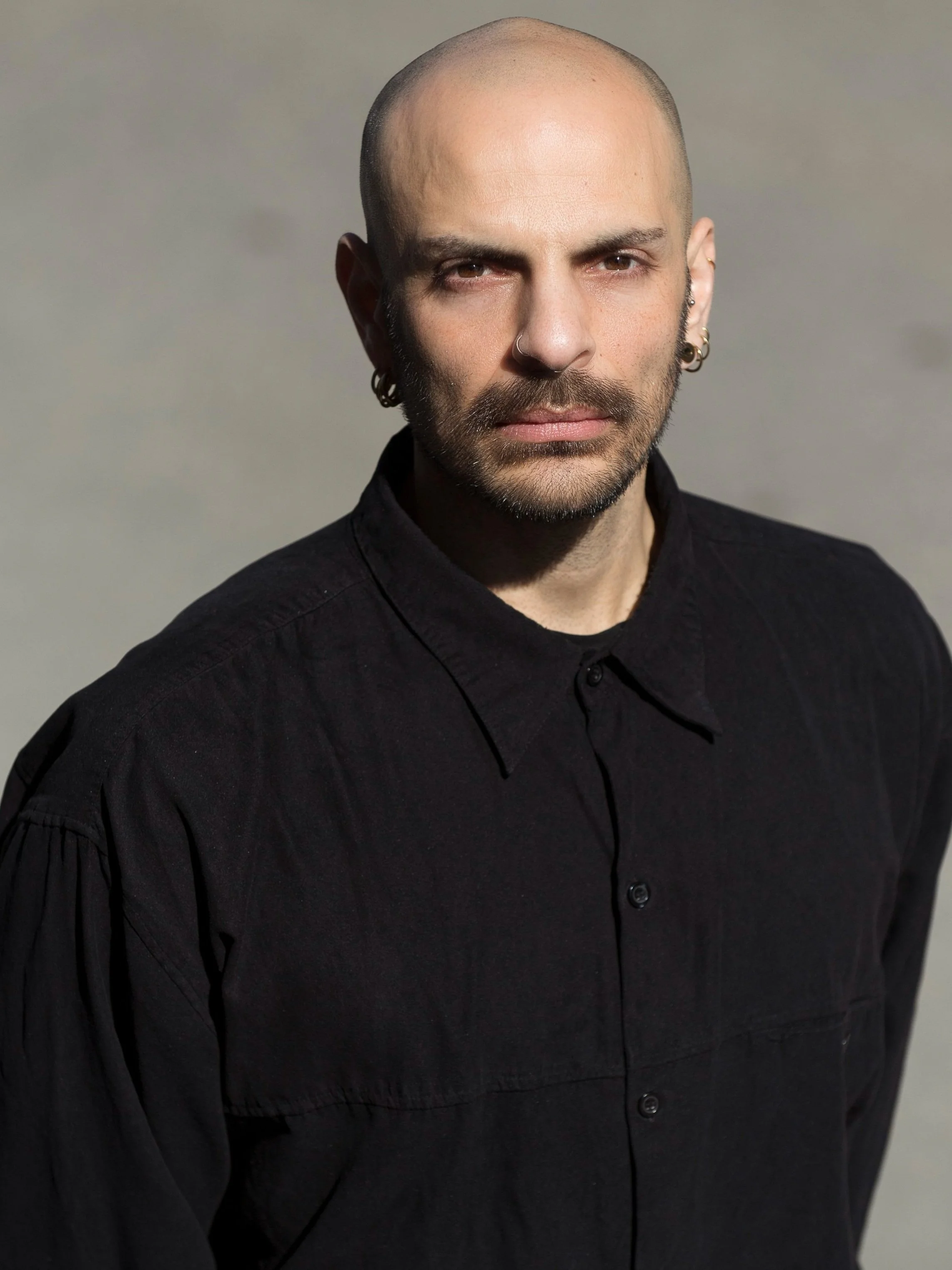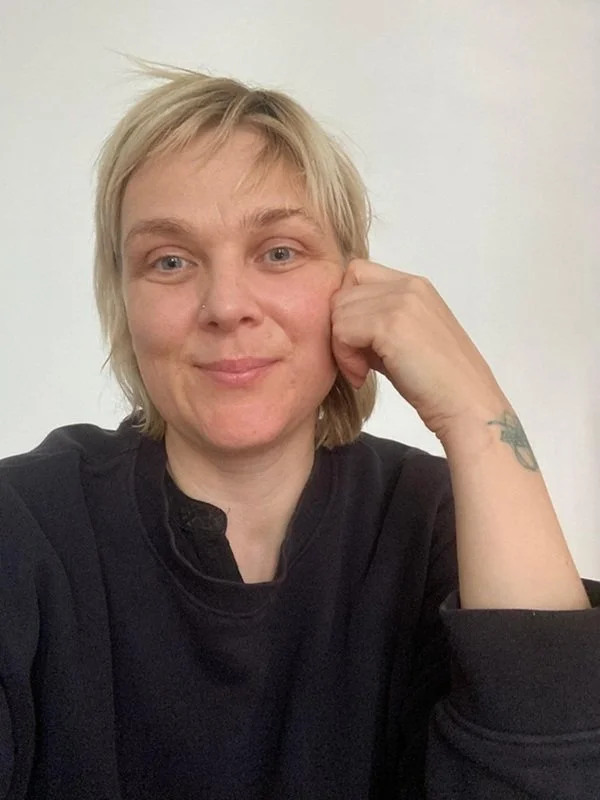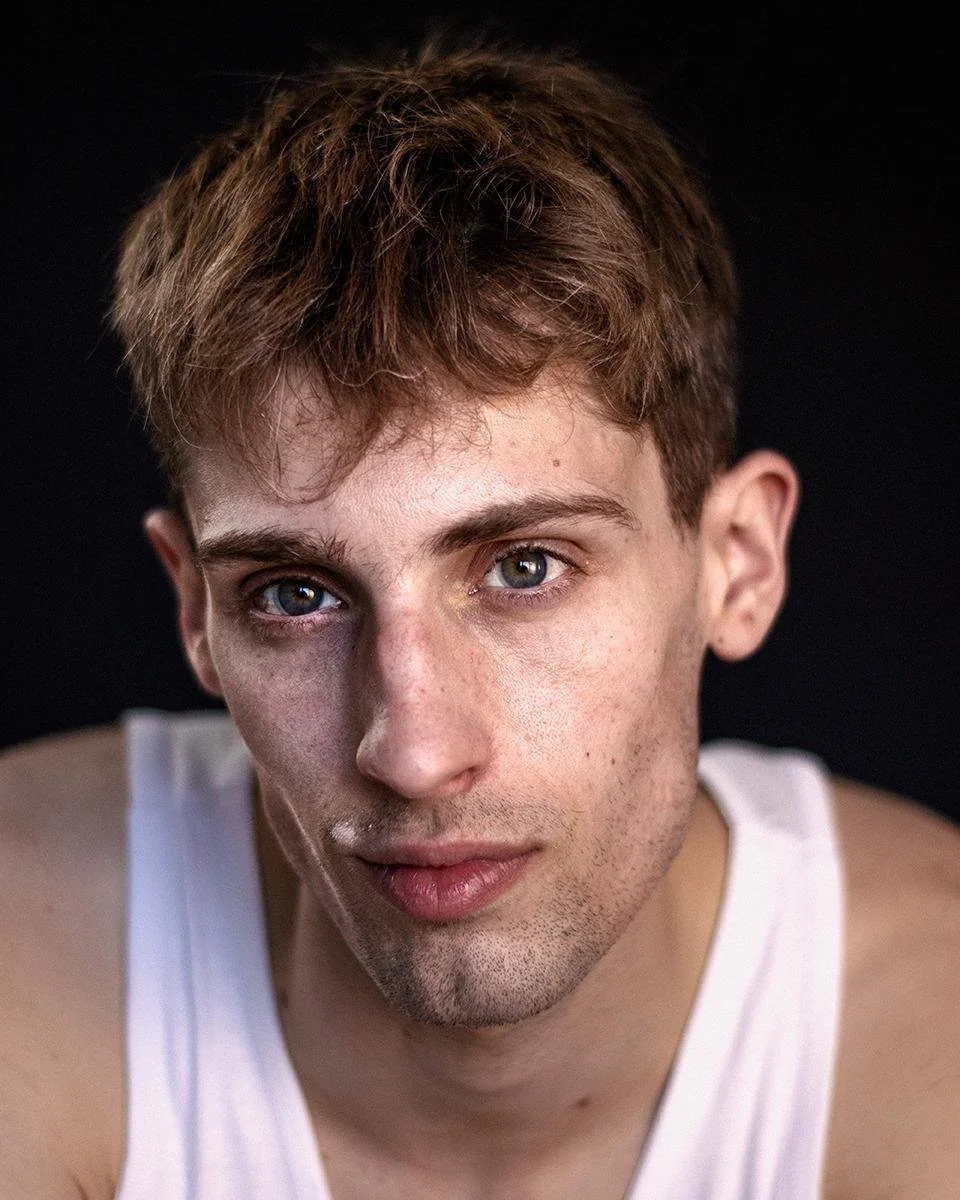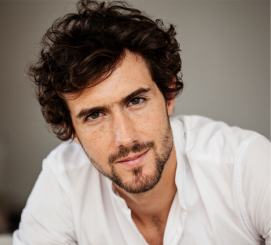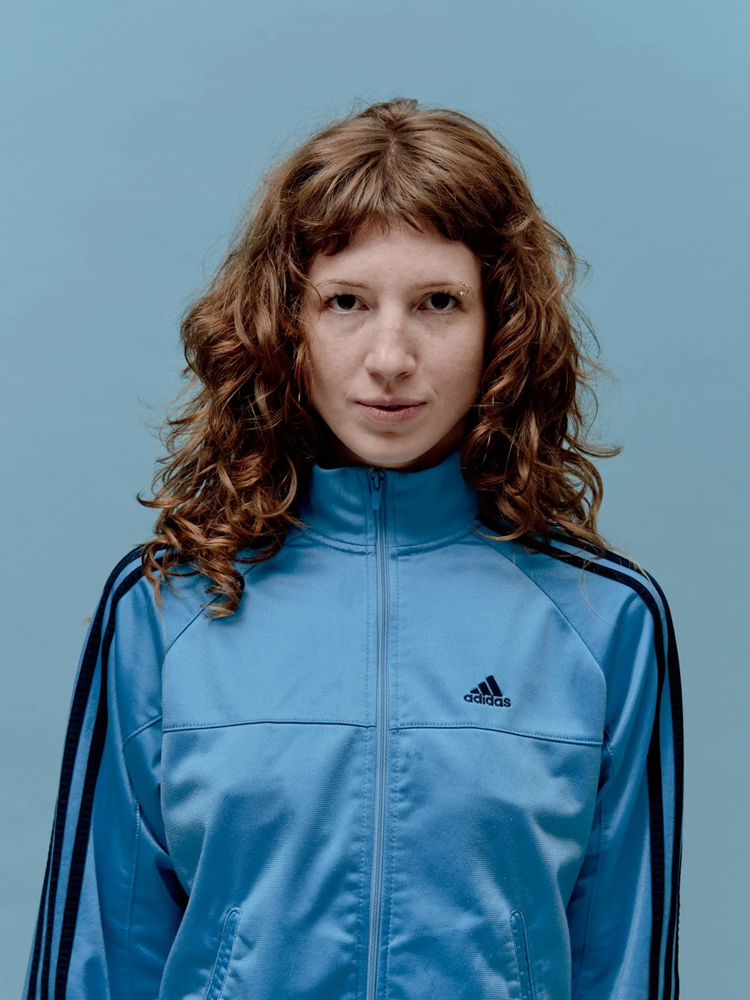Inspiration conversations
Israel Aloni from ilDance
How do you stay creatively inspired? What other forms do you draw inspiration from? (e.g. music, literature, visuals, nature, podcast, film...)
I find seeds or triggers for my practice and processes in a really broad range of experiences and sources. I find philosophy particularly conducive to my processes of thinking, dreaming and making. The work of Spinoza, Deleuze, Guattari, Foucault, Lacan, Braidotti, S. Ahmed, B. Wilderson III and L. Warren is particularly important for my practice. At the same time, I can be moved and motivated to research and make work by the angle of smiling or frowning lips on a stranger’s face I come across on the street. Very importantly, dancing keeps me curious about dance, dancing and people.
Is there a particular text, book, quote or passage that resonates with you and influences your practice?
There are three texts from very different sources which together make a really important reference for my work, and I have been carrying it with me for many years. These are “The Myth of Sisyphus” by Albert Camus, Ethics by Baruch Spinoza and the book of Ecclesiastes (Hebrew Bible). In vastly varied ways, the three of them address the interconnectedness of things and lives. Having an artistic practice requires an exquisite romance with repetition and reiteration. Holding the three mentioned texts together offers me some kind of support mechanism to persist and insist in that process.
Agnese Krivade from LAUKKU
How do you approach the process of creating movement? Do you start with a feeling, a sound, a text, a visual, an idea, or something else? Is each case different?
For me the starting point is always a somatic sensation, grounded in a body system, and then connecting to some poetic or intellectual dimension that helps to “build the stage”, to construct the visual part. But the beginning is always non-visual, sensory, accompanied by a few words and sentences that come to me in dreams.
Bal Castro from the Spain-based collective
How do you approach the process of creating movement, do you start with a feeling, a sound, a text, a visual, an idea, or something else? Is each case different?
In my way of creating I am very visual, most of the time I usually start from an image, either scenic, of nature, a memory, a desire... From that first image comes a context and from the context different themes can come out, being these the vehicle with which to complete that first image, at some point in this process I think of certain songs related to the theme that is brewing. In this way I get to define the image more and more, being this the starting point with which to begin my practice.
Nea Landin from the Sweden-based collective
How do you use the relationship between movement and space in your practice?
I think of movement as emerging from various sources: physicality, attention, choices, relations… And space as not just physical space but also digital, interpersonal, and internal. I am interested in how online presence reshapes the ways we move, perceive, and connect, and my practice explores the interplay of these dimensions in different ways.
Máté Czakó from the Hungary-based collective
What role does music play in your creative process? Do you choose music first or does your movement come first?
When I start to move along a theme/motivation, I usually already hear in my head musical moods or musical fragments of music I already know. Then if I feel I need music, I start these references in space, move with them and see what happens. If I feel I need to record something, I record it on video. Finally, I edit the musical mashup along the lines of this material, or send it to the composer, who works on the music based on the choreography and the reference music.
How do you use the relationship between movement and space in your practice?
The relationship between movement and space is an important part of my artistic works. To have space is such a privilege nowadays if we just look at the housing crises for example. The experience of being in space and taking space is an important sensory inspiration for my works. Wherever I work, I get inspired by the space, not only of its look and structure but of the feelings it conveys and what else it suggests to me. When I am creating I always lament long about what space I want to perform the work. Movements structure space, building an invisible architecture, however the space structures what movements I bring into the space. What is my spatial and what is my emotional proximity to the space I work in? There is definitely an emotional level as certain studios inspire me more than others. How strange is that?

